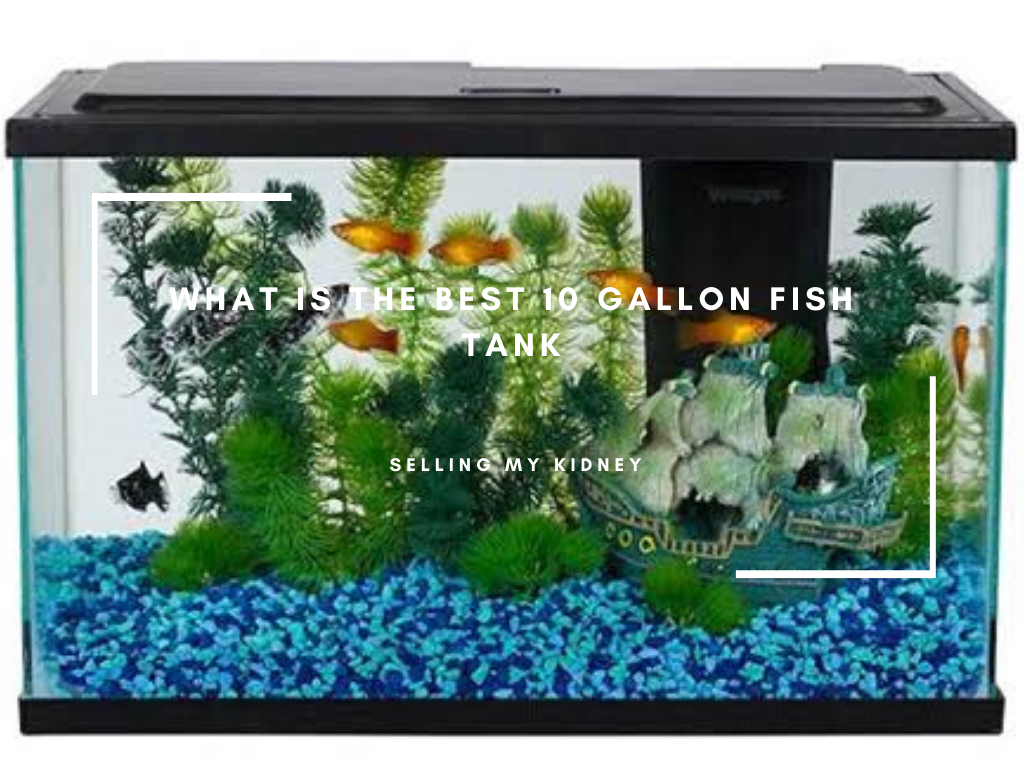Aquarium driftwood is an essential part of any tank!
It adds a natural, rustic look to your aquarium and provides many benefits for the fish.
Driftwood helps create hiding places for shy species; it also serves as a great place to attach plants like Java Ferns and Anubias.
Plus, its porous surface can help reduce nitrate levels in the water by providing beneficial bacteria with plenty of surfaces on which they can grow.
In addition, some types of wood release tannins into the water, giving it a yellowish tint. This mimics their natural environment more closely than clear tap water would otherwise provide them with!
Finally, adding pieces of driftwood will make your tank stand out from all others: no two tanks are ever exactly alike when you use different shapes and sizes of wood!
What Is Aquarium Driftwood?
Aquarium driftwood is a type of wood naturally shaped by water.
It can decorate aquariums, provide hiding places for fish, and help create natural-looking habitats in the tank.
Driftwood comes from many sources, including rivers, lakes, and oceans.
It may also come from trees or other plants falling into water bodies over time.
The most common types are mangrove roots, branches, and logs – these all offer unique shapes with interesting textures!
Here are some important facts about using driftwood in an aquarium:
- It helps maintain pH levels – Aquatic life needs specific conditions such as temperature range and pH balance. So adding pieces of driftwood will help keep those parameters stable within your tank environment.
- Provides shelter/hiding spots – Fish feel more secure when they have plenty of covers, like caves or crevices created by the shapely forms found in certain kinds of woods.
- Adds aesthetic appeal – Not only does this add visual interest, it’ll also make any aquascape look much more realistic than if you just had rocks alone!
Plus, something is calming about watching how light reflects off its surface too 🙂
5 Different Types Of Driftwood
Driftwood is a type of wood washed up on shore by the ocean or other bodies of water.
It can be found in many different shapes, sizes, and colors.
There are five main types: mangrove driftwood, beachcomber driftwood, river-borne driftwood, lake-born driftwood, and bleached white driftwood.
Mangrove Driftwoods
Mangrove Driftwoods come from tropical areas where there are large amounts of Mangroves growing near rivers or oceans.
They tend to have an orange hue due to their high iron content, which gives them a unique look when used for decoration!
Beachcomber Driftwoods
Beachcomber Driftwoods usually originate from beaches worldwide. These pieces were once part of larger trees before being broken down into smaller chunks over time through natural erosion processes such as wave action and wind exposure.
This makes it ideal for crafting projects like sculptures & furniture making!
River-Borne Driftwoods
River-Borne Drift woods typically form along bankside locations after heavy rains cause flooding events – they often contain interesting features like knots & burls, giving each piece its own characterful appearance, perfect for adding texture/depth within any interior design scheme you may wish to create with your project work!
Lake Bornedrift Woods
Lake Bornedrift Woods occur naturally in lakes throughout North America and Europe.
These will generally appear darker than those sourced elsewhere due to tannins leaching out during prolonged underwater periods.
So if looking specifically at lighter shades, consider sourcing material further away (e.g., coastal regions).
Bleached White Drifts Wood
Bleached White Drifts Wood comes about when saltwater washes ashore carrying debris, including dead tree trunks.
Leaving behind only whitened remains that make great additions indoors and outdoors alike, thanks largely because no two pieces ever seem identical given how much variation exists between individual specimens collected hereabouts!
How to Prepare Driftwood For An Aquarium?
Preparing driftwood for an aquarium is a simple process.
Here are the steps:
- Soak the wood in water overnight to remove any dirt or debris.
- Boil it on low heat for 30 minutes, then let it cool before handling.
- Scrub off any remaining residue with a stiff brush and rinse thoroughly.
- Place your driftwood into your tank and secure it using rocks or suction cups if necessary. Ensure that all pieces of wood fit securely together so they don’t move around when fish swim by them!
- Monitor pH levels regularly, as some types of wood can cause acidity fluctuations, which could harm aquatic life.
- It’s also important to note that certain species may require special treatment, such as boiling multiple times over several days before use – always check instructions carefully!
- Finally, clean out any crevices where bacteria might accumulate every few weeks, just like you would do with other decorations inside the tank.
With these tips, preparing driftwood should be easy and safe for both yourself and your fishy friends!
Why Should We Use Driftwood For An Aquarium?
Driftwood is an excellent choice for aquariums.
It provides a natural look and feel, adds character to the tank, and helps create hiding places for fish.
Here are some of the reasons why we should use driftwood in our tanks:
- Natural Look and Feel – Driftwood has been naturally shaped by water over time, giving it unique shapes that can’t be replicated with artificial materials; this makes it perfect for creating interesting aquascapes!
- Adds Character – The different colors and textures of driftwood add visual interest to your tank while providing shelter or cover from predators.
- Hiding Places For Fish – Many species like having places to hide away when feeling stressed out or threatened. Adding pieces of driftwood will give them these much-needed spots within their environment.
- Nutrient Source – As the wood decomposes in water, beneficial bacteria form on its surface, which helps break down organic matter into nutrients that plants need to grow healthy root systems (this process is called “nitrogen cycling”).
This means you don’t have to worry about fertilizing as often if there’s enough decaying wood in your aquarium!
Additionally, using real rather than fake decorations reduces plastic waste entering landfills since most faux items contain non-biodegradable plastics such as PVCs or polystyrene foam particles.
Both hazardous pollutants when released into nature after disposal.
So using simple decor benefits aquatic life and terrestrial ecosystems too!
Final Thoughts: Aquarium Driftwood For Your Tank
Aquarium driftwood is an excellent addition to any tank.
It provides a natural look, helps maintain water chemistry and pH levels, and provides shelter for fish!
Not only that, but it can also help reduce stress in your aquarium inhabitants by creating hiding places or areas of shade.
Plus, the unique shapes and textures make them visually appealing too!
In conclusion: Aquarium driftwood offers many benefits, from helping with water quality to adding visual interest – making it a great choice for anyone looking to add something special to their tanks.




